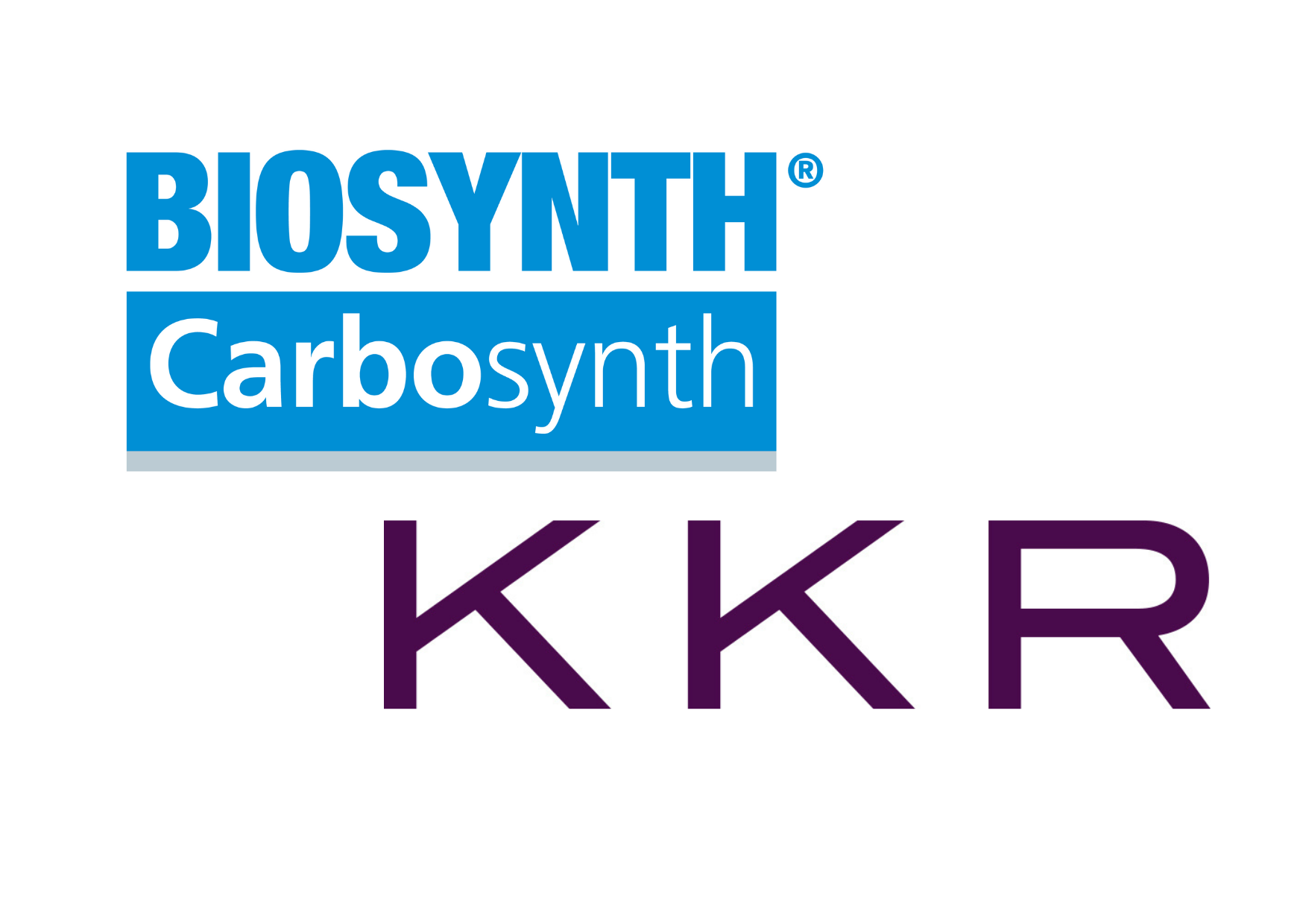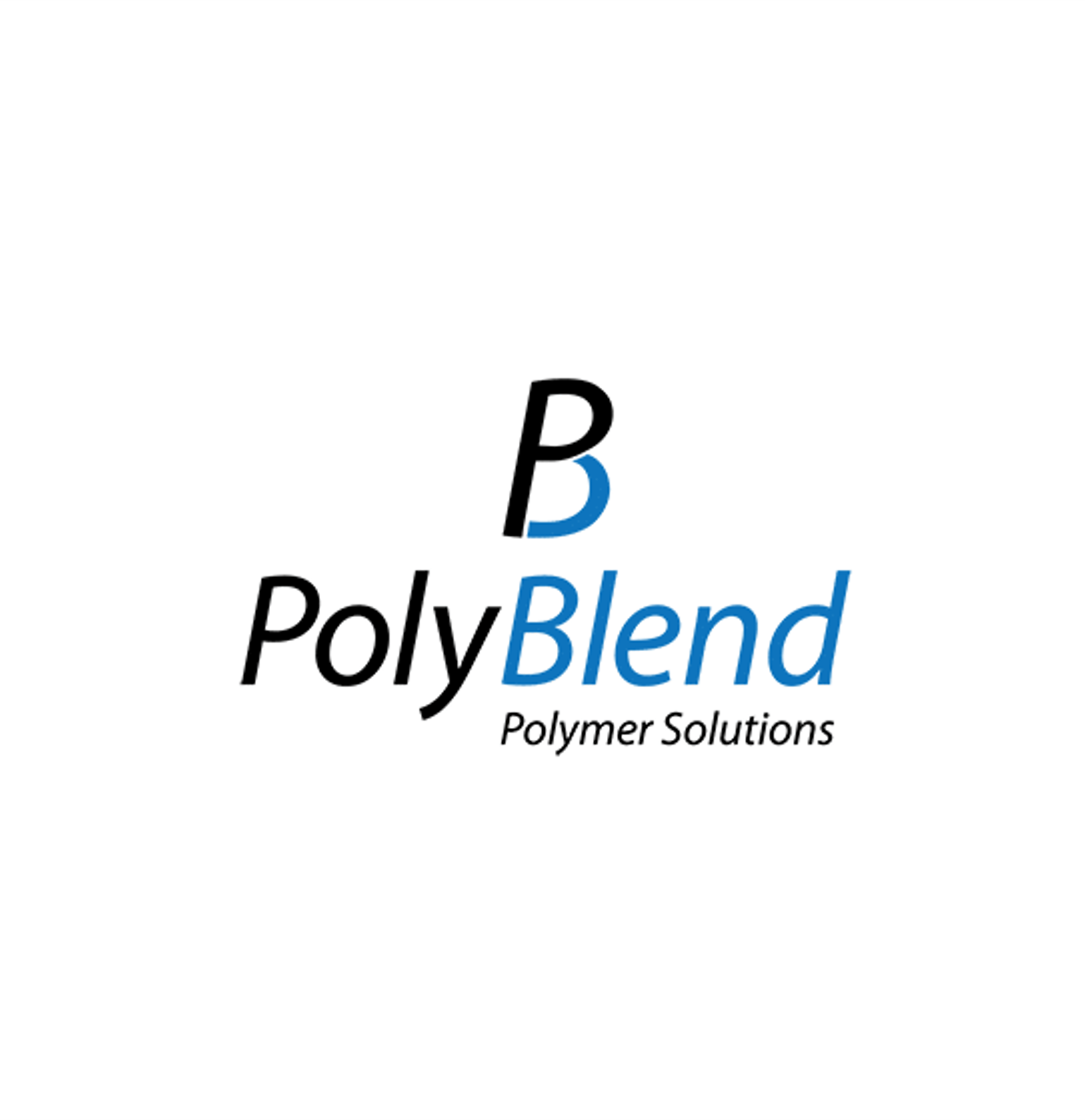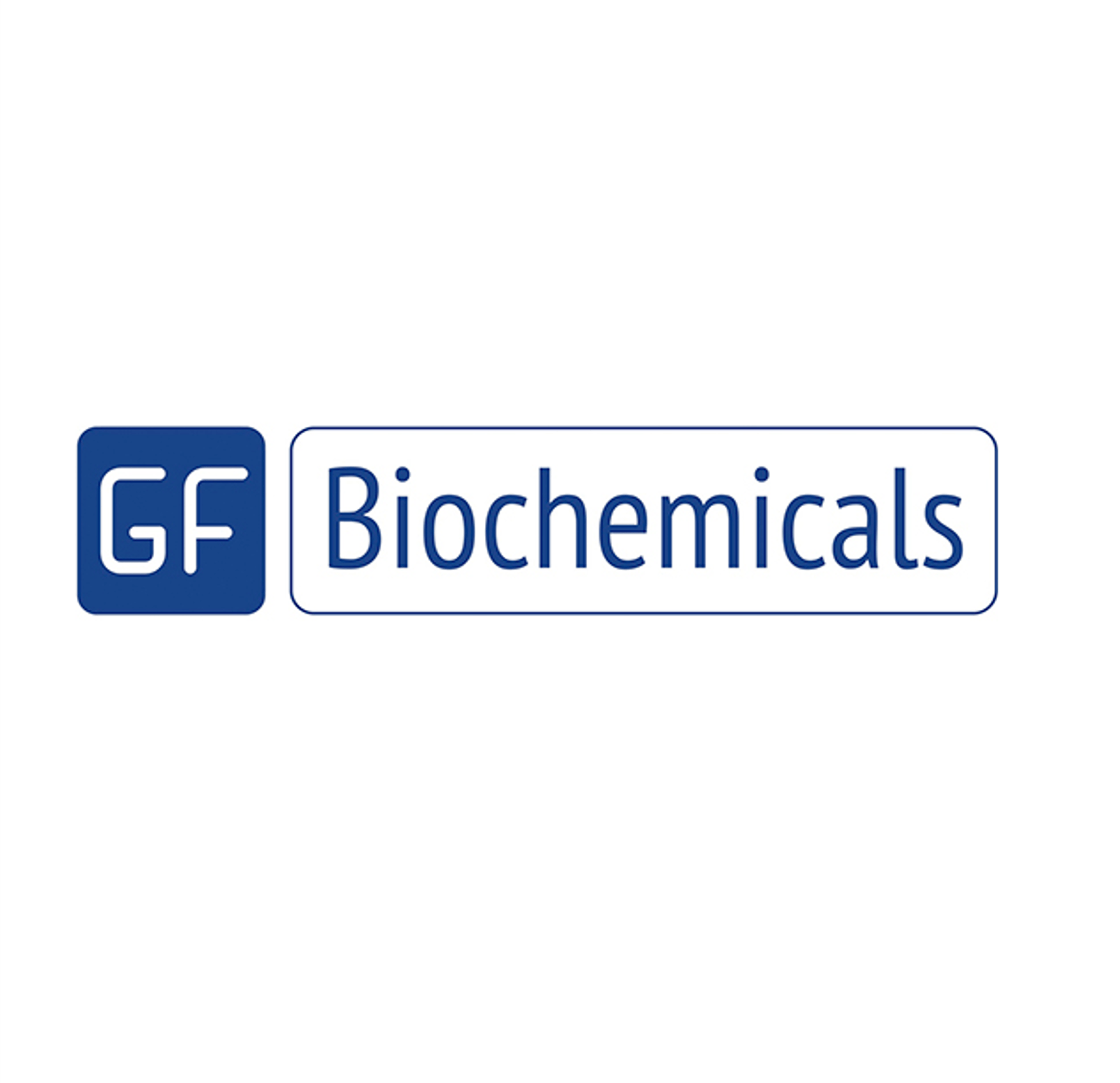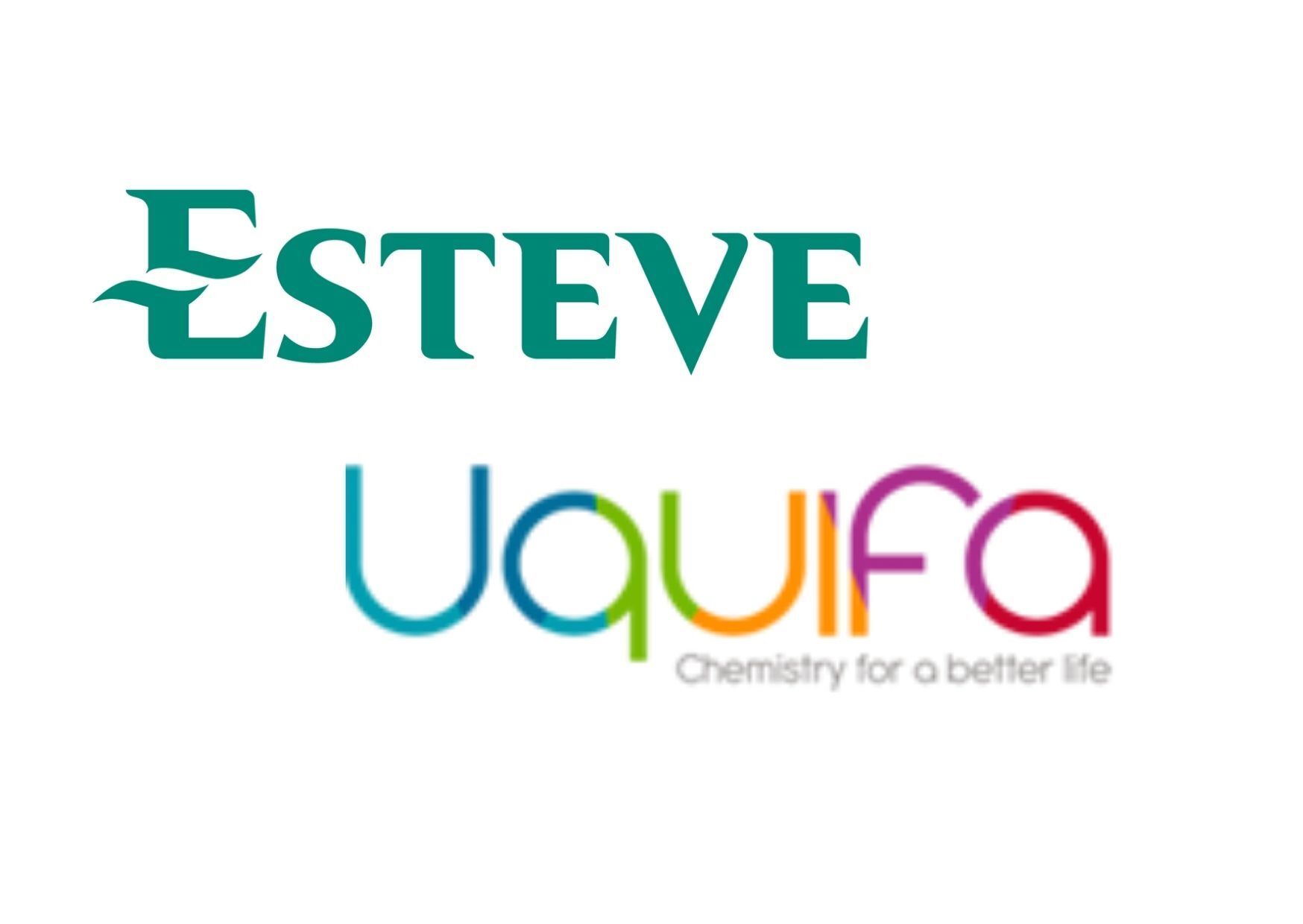Were strong 2020 results for chemical distributors a win-win for all stakeholders in the supply chain?
Steve Holland • April 19, 2021
Chemical distributors delivered impressive results in 2020 during the Covid crisis, with increased margins and strong cash flow. We ask was it a win-win for all stakeholders in the supply chain?

A changing performance landscape
With all the publicly quoted chemical distributors reporting strong gross margins and very impressive cash flows during 2020, they are now preparing to report Q1 2021 results from a market which is still showing considerable volatility, providing the sector with fertile ground for disciplined pricing and volume related growth into 2021.
When results become available, comparisons to prior year performance will be more complex. This is a rapidly changing situation, with global economies still out of sync due to Covid measures and considerable uncertainty in the extended supply chain.
We are all aware of high-profile unintended outages by way of plant failures or weather-related closures, which added to product shortages. We also saw rising costs in shipping and longer lead times. All of which served to create a turbulent supply chain and pricing environment.
Adapting to change
The business model by which most chemical distributors operate has demonstrated once again this is a sector which is resilient in a crisis and difficult market conditions.
Pricing and gross margins for distributors are robust as customers reduce their order size in a sudden slow-down. This creates an almost automatic increase in unit price to cover the smaller quantity delivered. When this happens on a large scale the margin mix can become very favourable.
Distributors also benefit from a cross-over from accounts more normally associated with producers directly as they purchase a smaller quantity of raw materials due to the lack of forward visibility.
In addition, we see such customers conserving working capital, destocking to minimum levels, whilst paying a slightly higher price to a distributor which in the short term is seen as acceptable.
We also saw a rapid expansion of the mixing and blending operations offered in the sector to service the unprecedented demand for hand sanitiser solutions and other products associated with industrial hygiene. This also contributed to underlying gross margin performance.
2021 and beyond
Looking forward, it’s already clear the volatility throughout the supply chain remains and is likely to for the rest of this year.
Forecasts are somewhat loaded to the second half of the year but there is a view that we might expect economic recovery in the USA with growth around 7% and in Europe around 5%.
We’ve already seen a ramp up of production from producers to meet demand. However, it may be some time yet before post-Covid supply chains are fully established.
For the chemical distribution sector, a recovery in the USA will be positive as the slowdown in oil, gas, and lubricants markets during 2020 hit earnings hard and there is some way to go to recover the lost margin in these industries.
When we get to look at the quarter over quarter published results then the leap in contribution from personal care and hygiene will be somewhat baked into the numbers and as such, we will have a better picture of underlying performance outside these special effects.
Going forward, we might also expect to see a reduction in cash generation as the effects of increasing prices and reinvesting in stock holdings (for those previously run down to a minimum) are normalised.
In addition, there will be a lot of focus throughout the supply chain on payment terms which will no doubt be tested as all stakeholders increase working capital to grow their respective businesses.
A true win-win?
So, to answer the question posed at the beginning of the article, the on-balance view would be yes!
The sector provided essential services to customers and highly diversified access to markets for producers. Robust demand throughout and stronger margins seem a fair reward for more value added services and smaller order sizes.
Over this relatively short article we have focused mainly on the distribution business model and the market dynamics of the last year. However, there is a lot more to the picture than can be covered in one article.
The industry continues to develop its future, particularly in the segmentation of process / industrial chemistry and speciality products.
It is also important to explore the subject from a producer perspective and understand how to ensure the chosen channel to market partner is serving their needs, not only in a crisis but in the longer term too.
If we add to the mix a likely resurgence of mergers and acquisitions activity, it’s certainly going to be an interesting year for all stakeholders in the sector.
CCD Partners is a consultancy specialised in corporate transformations in small and mid-market chemicals and life sciences businesses.
To organise a call with one of our partners please email contact@ccdpartners.com
Receive M&A news relevant to your business
At critical moments our clients engage us to provide pre-publicity "off-market" intelligence to give them the edge over the competition - we also provide up-to-the-minute public or "on-market" intelligence for free
Contact Us
RECENT POSTS

In the latest episode of the Chemical Transformations podcast , CCD Partners' Managing Partner Matt Dixon speaks with Ted Clark, former President and CEO of Royal Adhesives & Sealants, discussing his new book "Shipping Clerk to CEO: The Power of Curiosity, Will, and Self Directed Learning”. The book tells the story of Clark’s remarkable career journey from entry-level worker to CEO of a $240m chemical company by the age of 42.

Biosynth Carbosynth is a fully hybrid Research Products, Life Sciences Reagents and Custom Synthesis and Manufacturing Services Company with global research, manufacturing and distribution facilities. They are the supplier of choice for many in the pharmaceutical, life science, food, agrochemical, cosmetic and diagnostic sectors and manufacture and source a vast range of chemical and biochemical products.

Steve Allin co-founded Charnwood Molecular with Phil Page in 1998. 22 years later, the business has evolved dramatically from its origins as a spinout of Loughborough University. Backed by a partnership with Synova Capital, the company is now preparing to move into a former AstraZeneca research facility and has already completed its first M&A deal, acquiring Aurelia Bioscience in summer 2021. CCD Partners’ Matt Dixon spoke with Steve about the journey from full-time academia to running a high-growth market leader.









